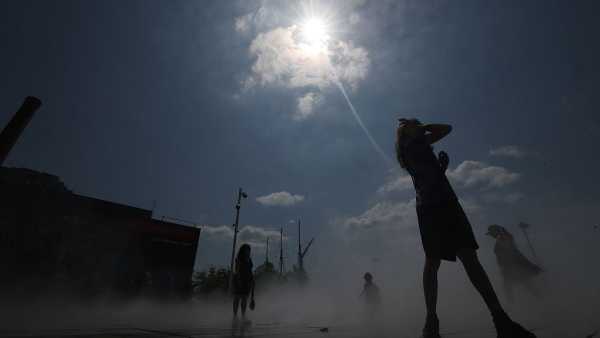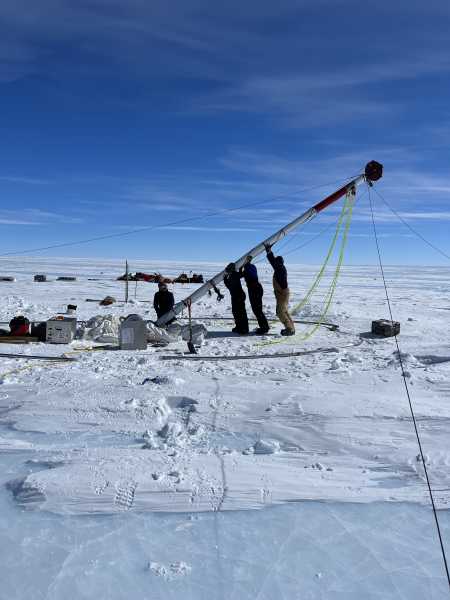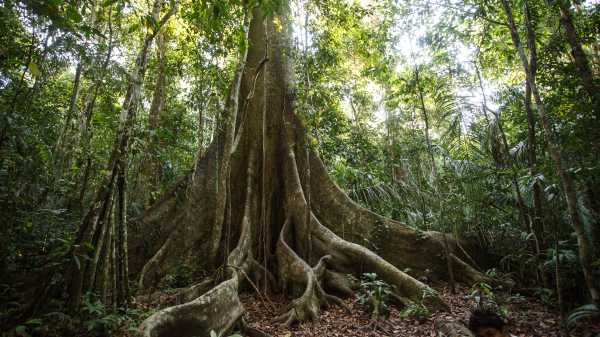
Scientists say Amazonian trees are absorbing more CO2 from the atmosphere and growing thicker as a result. (Image credit: Christian Vinces/Getty Images)
A new study shows that trees of all sizes in the Amazon rainforest are getting fatter due to climate change.
Researchers found that rising atmospheric carbon dioxide (CO2) concentrations have created a more resource-rich environment for plants in the Amazon, leading to an increase in the circumference of trees at their bases by an average of 3.3% per decade since the 1970s.
“We knew that the total amount of carbon stored in trees in intact Amazon forests had increased,” said study co-author Tim Baker, professor of tropical ecology and conservation at the University of Leeds in the UK. “The new study shows that trees of all sizes have grown over the same period—the entire forest has changed.”
You may like
-
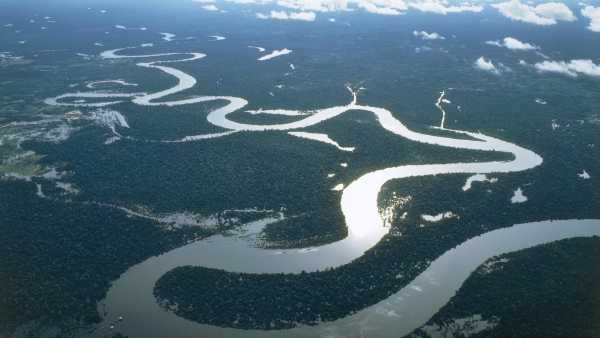
Even a slight slowdown in key Atlantic currents poses a “massive risk” to tropical forests.
-
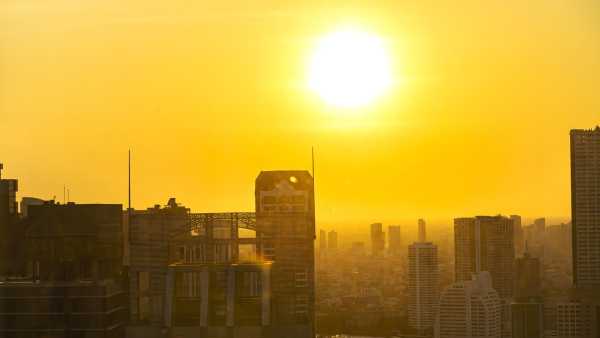
In just three years, we will reach a critical climate threshold. Can we reverse this trend?
-
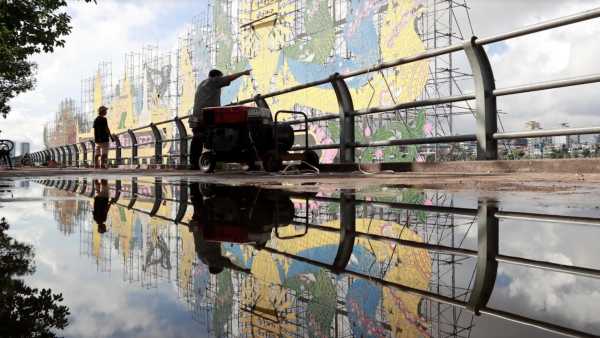
The study found that new, previously unseen, human-created seasons appear to be developing on Earth.
This increase in tree numbers is “good news” because it suggests that Amazonian trees are more resilient to global warming than previously thought, study co-author Beatriz Marimon, a professor and tropical plant ecologist at the State University of Mato Grosso in Brazil, said in a statement.
Previous studies show that rising temperatures and CO2 levels are pushing the Amazon rainforest ever closer to a tipping point that could transform the ecosystem into a savannah within the next 100 years. However, new research shows that trees are simultaneously benefiting from the climate by storing vast amounts of carbon and expanding.
For the study, the researchers collected data from 188 sites in the Amazon rainforest, measuring tree basal area, or the area occupied by their trunks on the forest floor. Monitoring began in 1971 and ended in 2015, but different sites were monitored for different periods of time during this period, with the longest continuous monitoring period being 30 years.
A team of nearly 100 tropical plant scientists designed the study with several possible outcomes in mind. One of these outcomes, known as the “winner-take-all” response, describes a scenario in which only large trees benefit from rising CO2 levels. According to the study, large trees have more access to light and nutrients than smaller ones, meaning they are more resilient to changing conditions.
Another result, called the “carbon-limited benefit” response, describes a case where smaller trees benefit more from rising CO2 levels because their resources are so limited to begin with that any increase will have a larger overall effect than for larger trees.
The researchers wrote in their study that a combination of these findings, called a “benefit-sharing response,” is also possible.
The results, published Thursday (September 25) in the journal Nature Plants, suggest that the principle of “benefit sharing” is currently prevailing. “Trees in intact forests have become larger,” said Marimon, adding that even the largest trees, which are typically more vulnerable to climate events like drought and lightning, thrive in areas free of deforestation.
You may like
-
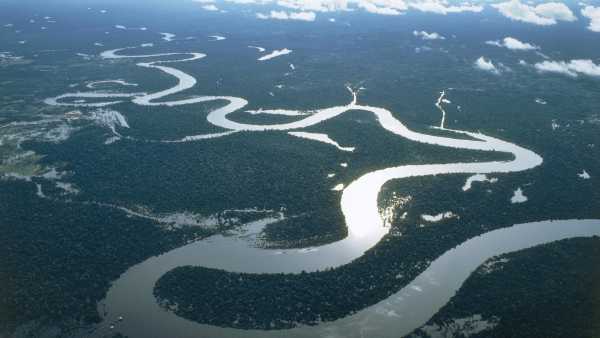
Even a slight slowdown in key Atlantic currents poses a “massive risk” to tropical forests.
-
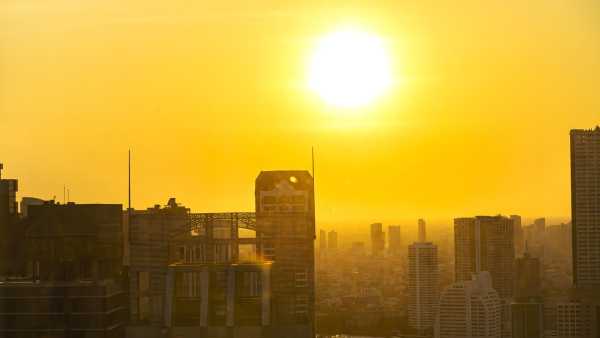
In just three years, we will reach a critical climate threshold. Can we reverse this trend?
-
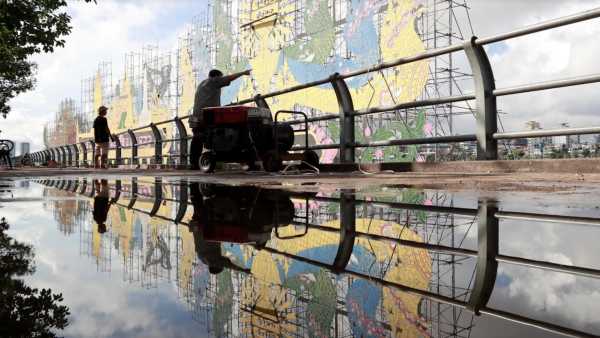
The study found that new, previously unseen, human-created seasons appear to be developing on Earth.
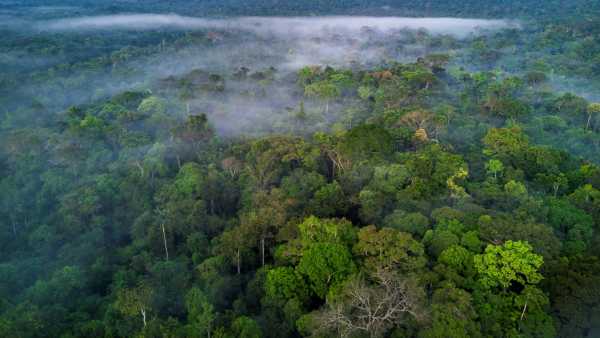
For now, Amazonian trees of all sizes appear to be benefiting from rising CO2 levels.
However, the researchers noted that over time, the increase in basal trunk area may become more pronounced in larger trees, which then begin to dominate the ecosystem at the expense of smaller trees.
“Large trees are extremely beneficial for absorbing CO2 from the atmosphere, and this study confirms this,” said study co-author Adrian Esquivel Muelbert, Associate Professor of Tropical Plant Ecology at the University of Cambridge, in a statement. “Despite concerns that climate change could negatively impact trees in the Amazon and undermine their ability to absorb carbon, the growth-promoting effects of CO2 persist. This demonstrates the remarkable resilience of these forests, at least for now,” she said.
RELATED STORIES
— Deforestation: Facts about the widespread destruction of forests on Earth
“It's like trying to grow a tree in an oven”: Gold mining is drying up the Amazon rainforest.
— The Amazon peatlands have stopped absorbing carbon. What does this mean?
None of the studied sites showed a decrease in trunk surface area, indicating that the negative climate impacts are still outweighed by rising CO2 levels. However, as the researchers warn in their study, this situation may soon change, as slower tree growth and increased mortality are expected in the coming decades.
Slower growth and increased mortality may be caused by a combination of factors, including heat stress, water shortages, forest fires, and storms, the frequency and intensity of which are already increasing. Besides reducing carbon emissions, the best way to protect Amazon forests from these factors is to leave them intact, the researchers argue.
“These results highlight how important tropical forests are in our ongoing efforts to mitigate anthropogenic climate change,” said Esquivel Mulbert.
TOPICS Carbon dioxide in the Amazon rainforest

Sasha Pare, Social Link Navigation, Staff Writer
Sasha is a staff writer for Live Science based in the UK. She holds a BA in Biology from the University of Southampton in England and an MA in Science Communication from Imperial College London. Her work has appeared in The Guardian and on the health website Zoe. Besides writing, she enjoys playing tennis, baking bread, and browsing thrift stores.
You must verify your public display name before commenting.
Please log out and log back in. You will then be asked to enter a display name.
Exit Read more
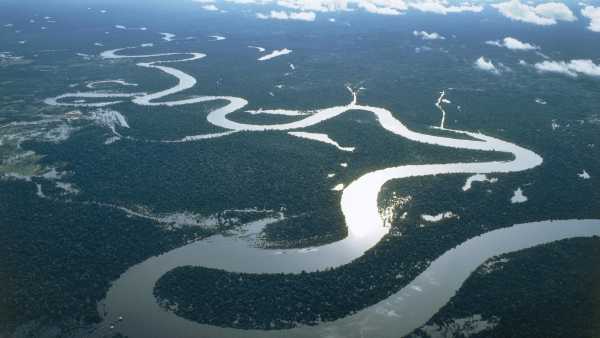
Even a slight slowdown in key Atlantic currents poses a “massive risk” to tropical forests.
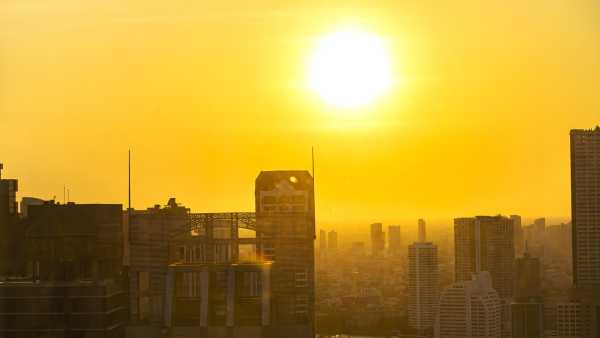
In just three years, we will reach a critical climate threshold. Can we reverse this trend?
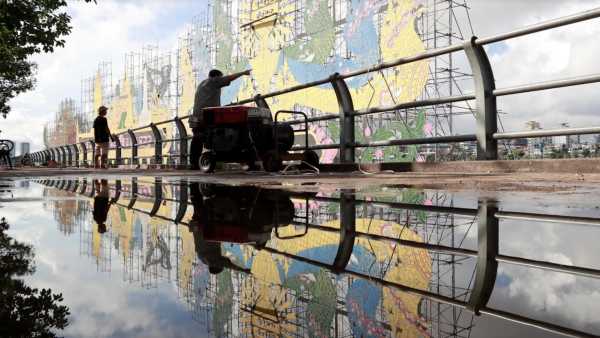
The study found that new, previously unseen, human-created seasons appear to be developing on Earth.
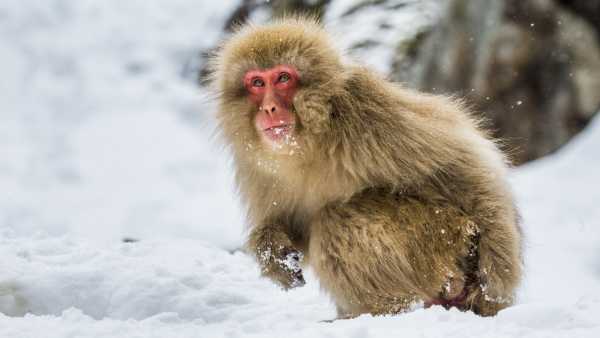
Earth's first primates evolved in the cold, not the tropics.
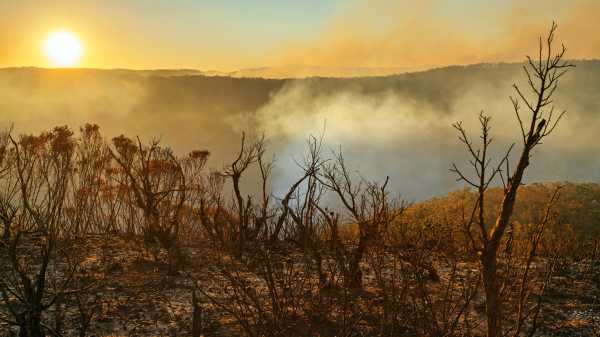
'Like a creeping mold spreading across the landscape': A study has found that isolated arid areas around the world are coalescing into 'mega-arid' regions at an alarming rate.
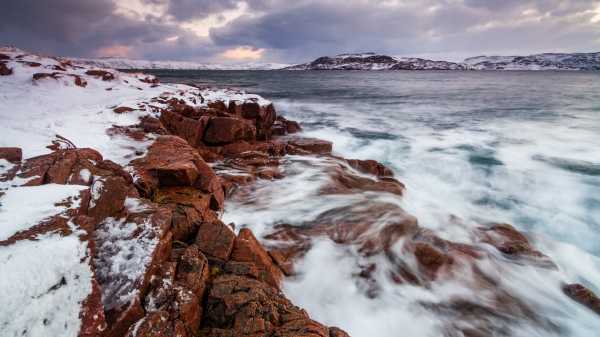
A study has found that the collapse of key Atlantic currents could be prevented by a newly discovered backup system.
Latest news on climate change
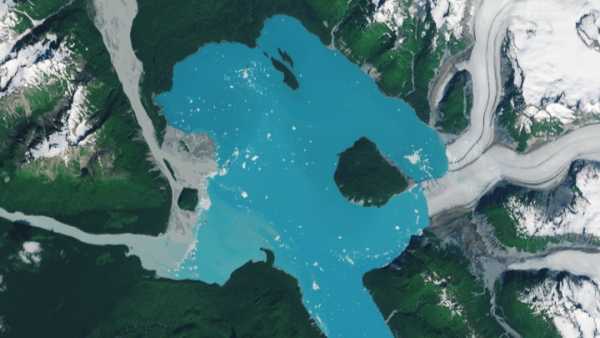
A “new” island has emerged from melting ice in Alaska.
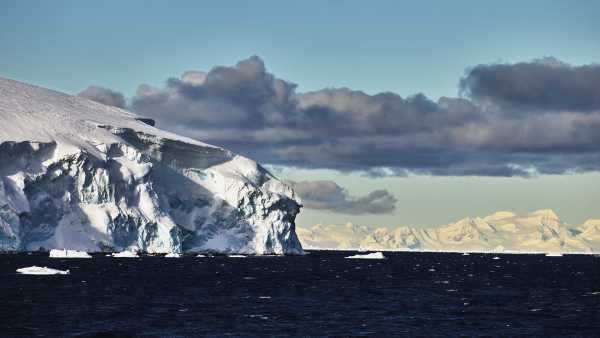
'Serious negative and unintended consequences': Polar geoengineering is not the answer to climate change

Climate action faces a new threat: pessimists who believe it's too late to act.
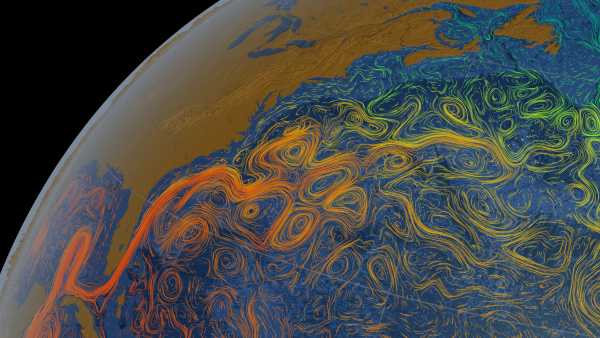
A new study has found that a key Atlantic current could begin to weaken as early as 2055.
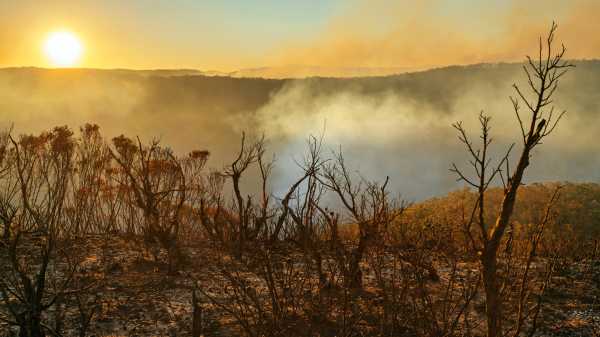
'Like a creeping mold spreading across the landscape': A study has found that isolated arid areas around the world are coalescing into 'mega-arid' regions at an alarming rate.
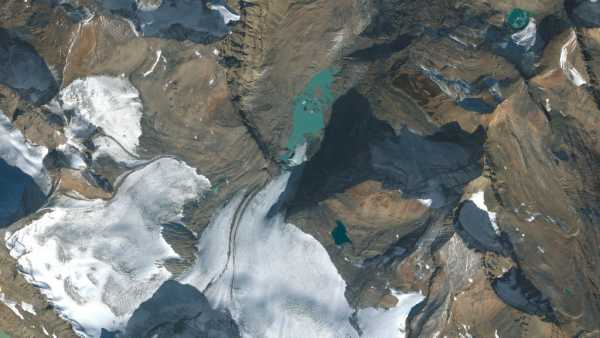
Glaciers in North America and Europe have lost “unprecedented” amounts of ice over the past four years.
Latest news
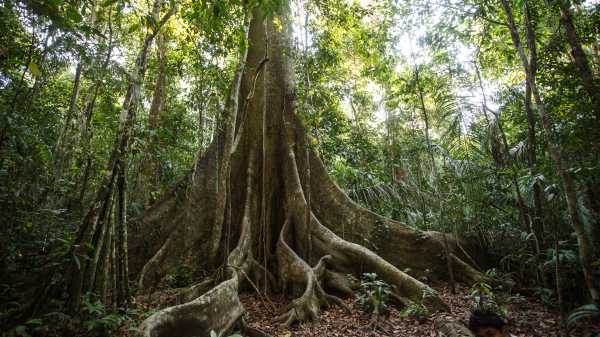
Trees in the Amazon rainforest are resisting climate change by growing thicker due to CO2 in the atmosphere.

Scientists have unveiled the world's first quantum computer built on conventional silicon chips.
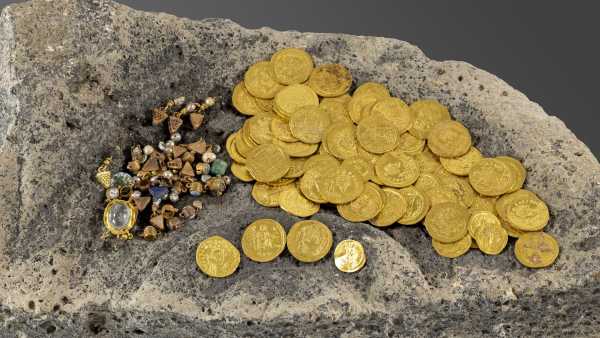
“Gold coins started appearing one after another”: 1,400-year-old hoard of money and jewelry discovered near the Sea of Galilee

Rare wampum beads discovered in 17th-century Newfoundland colony
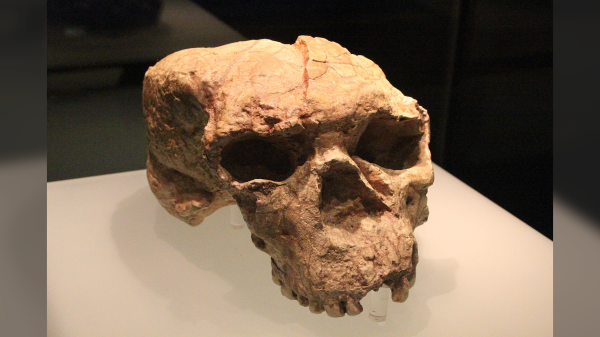
A 1-million-year-old skull from China holds clues to the origins of Neanderthals, Denisovans, and humans.

NASA launches special mission to study Earth's mysterious “halo”
LATEST ARTICLES

NASA launches special mission to study Earth's mysterious “halo”
Live Science magazine is part of Future US Inc., an international media group and leading digital publisher. Visit our corporate website.
- About Us
- Contact Future experts
- Terms and Conditions
- Privacy Policy
- Cookie Policy
- Accessibility Statement
- Advertise with us
- Web notifications
- Career
- Editorial standards
- How to present history to us
© Future US, Inc. Full 7th Floor, 130 West 42nd Street, New York, NY 10036.
var dfp_config = { “site_platform”: “vanilla”, “keywords”: “type-news-daily,serversidehawk,videoarticle,van-enable-adviser-
Sourse: www.livescience.com


